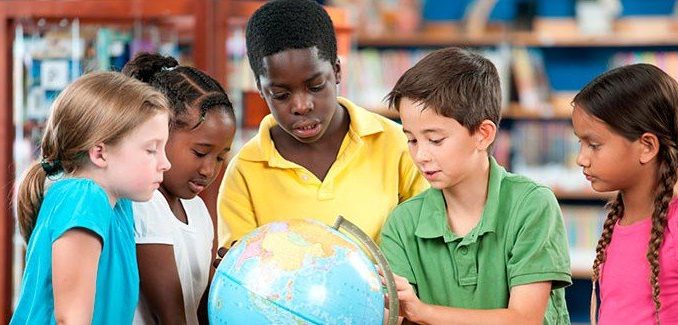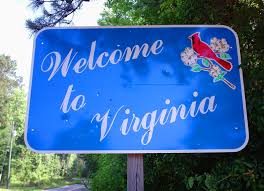
Hanna Da’Mes, Arts Editor|
I grew up in a small town. That’s how all the stories about race start, isn’t it? But this town is different. It’s hidden in the midst of the more well-known towns in Virginia, like Roanoke and Blacksburg and Harrisonburg and Christiansburg and a bunch of other towns ending with “-burg.” It is a one-stoplight town with a grand total population of 442. The population itself is divided; you are either a hippie or a redneck. Even the majority of my childhood life was split by two schools—the lax, parent-cooperative private school that felt more like a summer camp, and the overwhelmingly white public school inundated with cowboy boots and camouflage hats.

The sides of the town didn’t compete for dominance but rather separated into two distinct worlds within the town, acting as if the other didn’t exist. In this weird dichotomy I found myself leaning toward one side or the other, although I could never quite find where I fit, even in such a small, close-knit town. You could imagine how I felt being one of the very few people of color in the whole community.
Growing up, I knew the color of my skin was different. But going to southern schools with little to no cultural diversity meant that I wasn’t very knowledgeable as to the concept of ethnicity. I knew there were white people, and I knew there were black people, and the only history I learned consisted of very generalized versions of American conflicts between these two groups of people. I didn’t have a firm grasp on what I could call myself in terms of heritage and ethnicity, and I didn’t see the value or importance in knowing. None of my friends seemed to know what I was either—and how could they, if I never told them? I distinctly remember my friend calling me “black” at one point, and I had thought: “That doesn’t make any sense, my skin is brown.” I barely knew the context in which “black” was used to describe skin color.
Regardless of the slightly-funny-yet-slightly-problematic-to-laugh-at memory, it raises some questions about what kids are learning in their early school years—how early is too early to start talking about ethnicity and race? I would argue that it is never too early, if it’s done right. We had only been taught very briefly about slavery, and even that was extremely detached. Although not intentional, this erasure of identities other than black and white can be detrimental to a child’s sense of self. Issues such as internalized racism and colorism may arise, which aren’t easily prevented as the child ages.
Some might say that it isn’t the education system’s job to teach our children this sort of thing, but rather the parents of these children. It is absolutely the responsibility of our schools and teachers to educate young children on the complexities of ethnicity and color. We are not a colorless world, and we can’t be colorblind. We also cannot afford to count on the parents of the world to teach children about this, so it must be up to the education system to make sure kids have access to information concerning the various cultures that aren’t immediately represented in their everyday lives.
I can only speak from my own experiences, but I know that I couldn’t have been the only kid confused by or unaware about race and ethnicity. I would love to see elementary schools teaching the children of our country about the difference between race, ethnicity, and nationality. It is surprising to see how many people—kids, teens, and even some adults—don’t understand what those differences are.
As America becomes increasingly more culturally diverse, it is essential that we help the younger generations understand what this means, and in doing so, teach compassion. It would be safe to say that if children were taught from a young age about race and ethnicity in a way that is inclusive and not “othering,” there would be a lot more tolerance and a lot less racism. This is imperative in not only schools where the population is diverse, but schools with a white majority. When white children don’t have the opportunity in school to learn about cultures that are different from their own, they are going to learn from other places in their lives: ignorant relatives, racist jokes, the media, etc.
The foundations of Western society are based on rigid binaries, which can often be confusing and even harmful. Humans are complex, three-dimensional individuals and cannot be put into just one box. Just as gender cannot be confined to man or woman, race is not just black or white—these races cannot therefore be put in opposition to each other because, other than creating harmful power dynamics between the two, what does that mean for the rest of us? Teaching race and ethnicity to children can be a daunting task, but it has to be done—and done with empathy, tolerance, and understanding. It’s the twenty-first century-why is our education system still black and white?
Leave a Reply